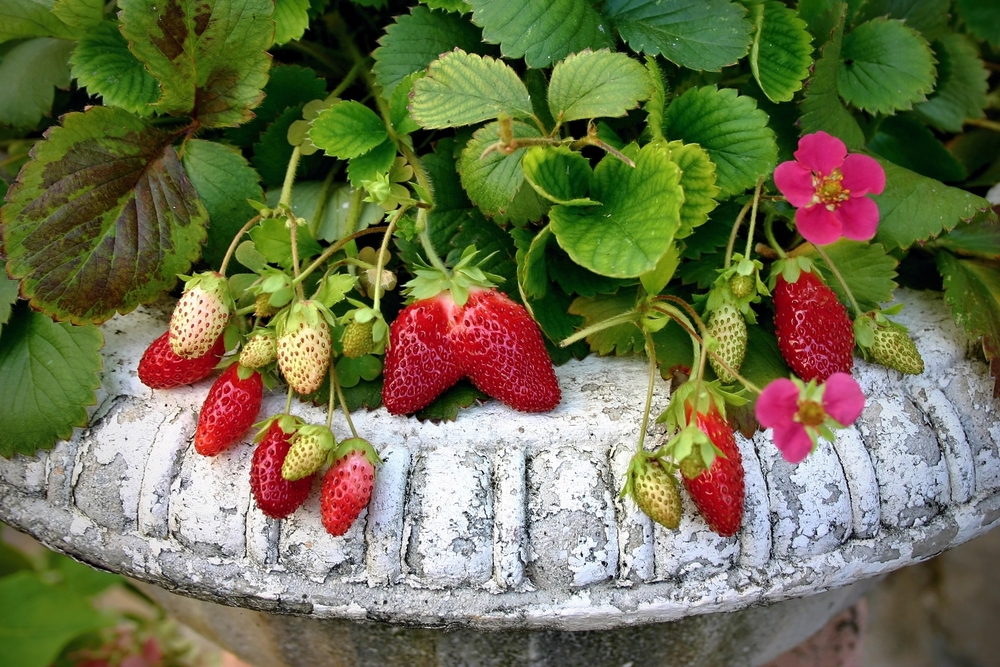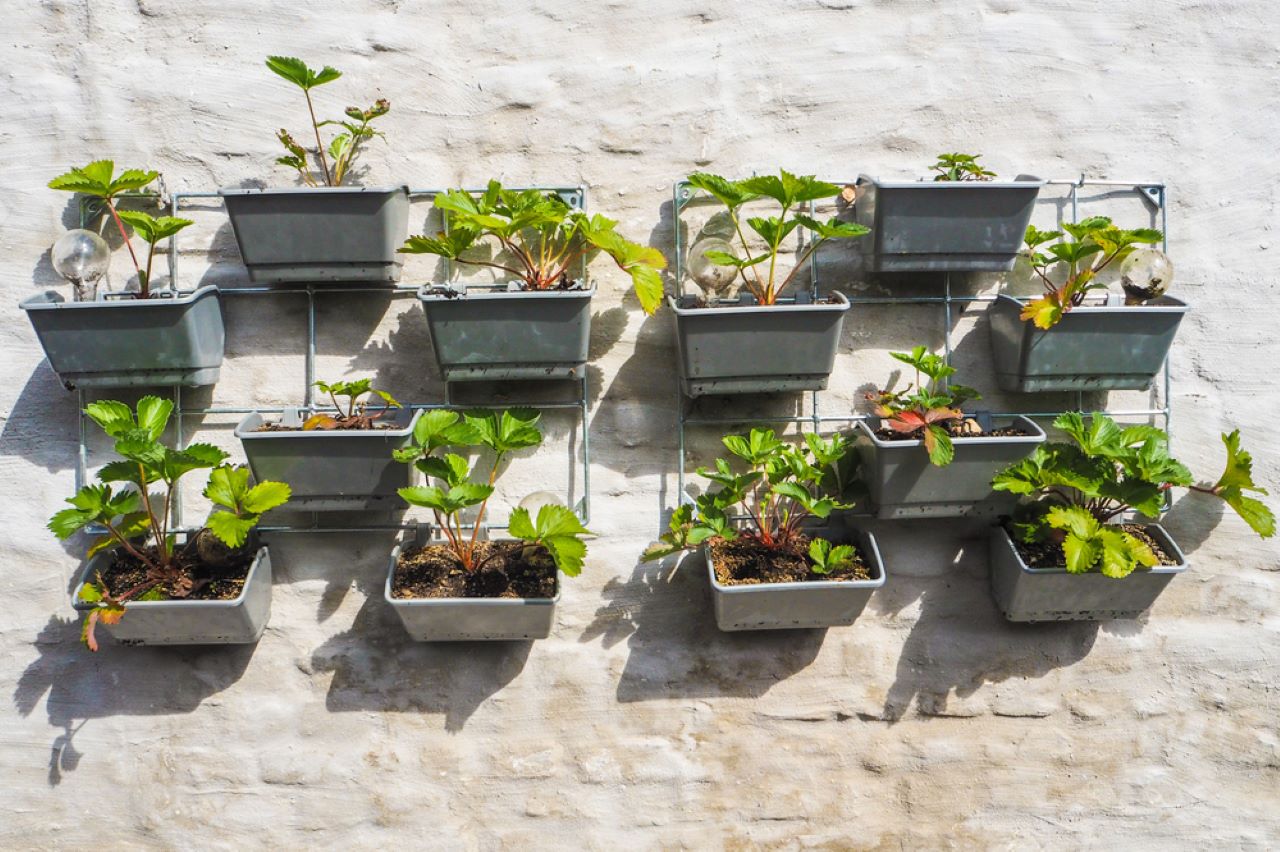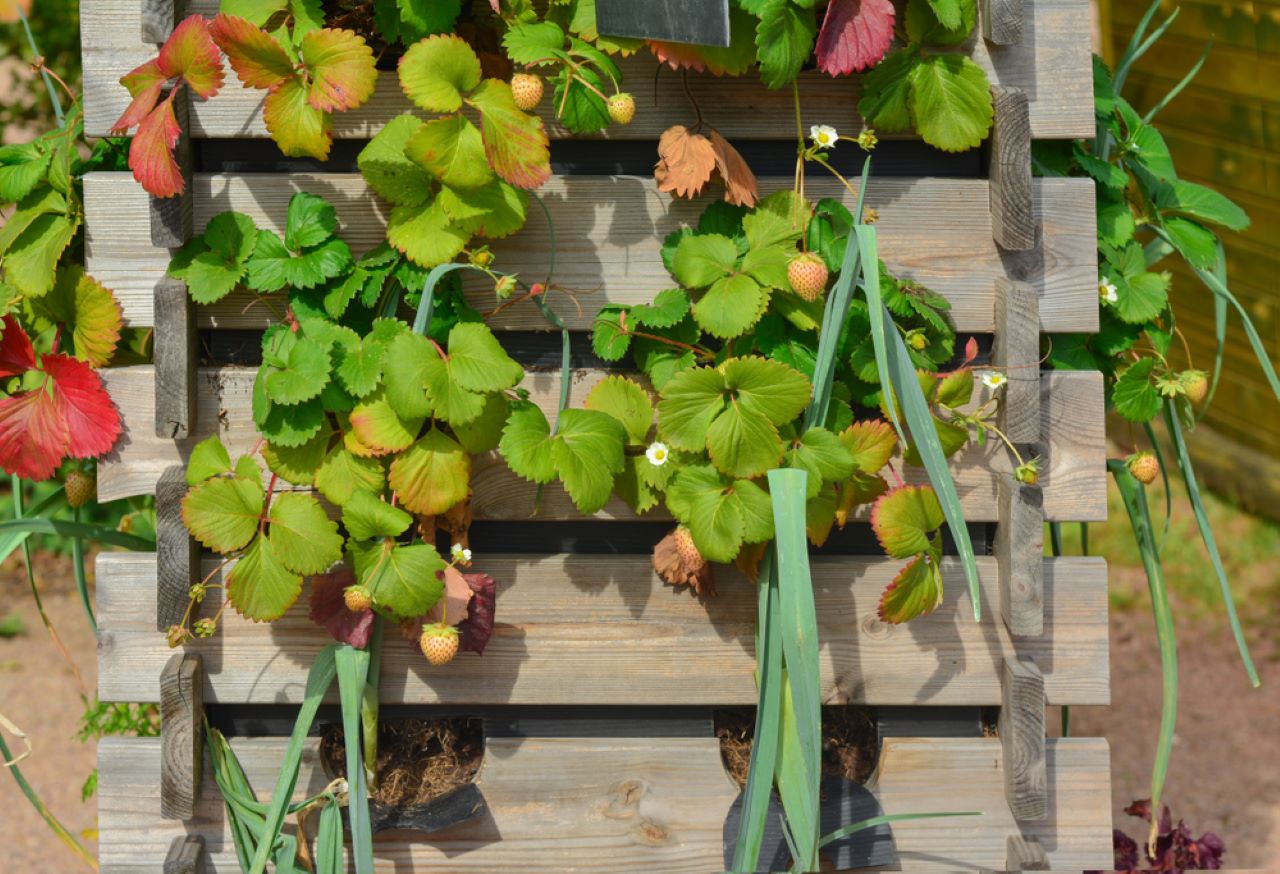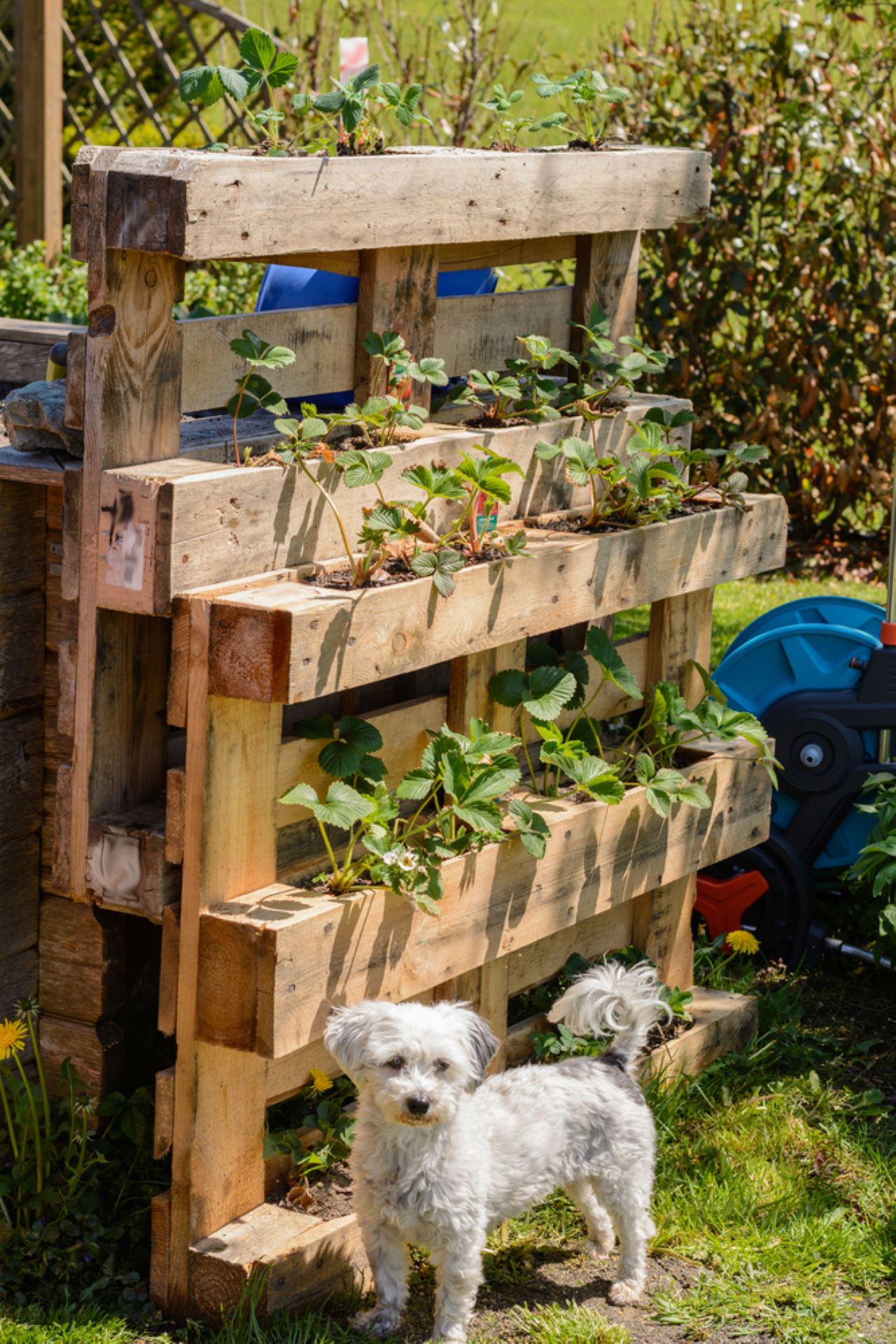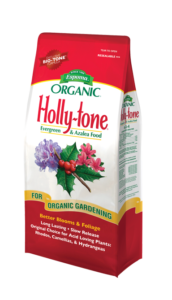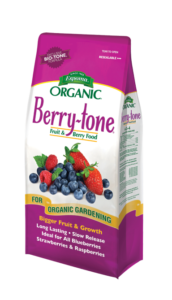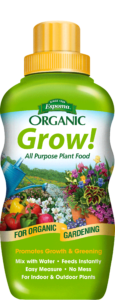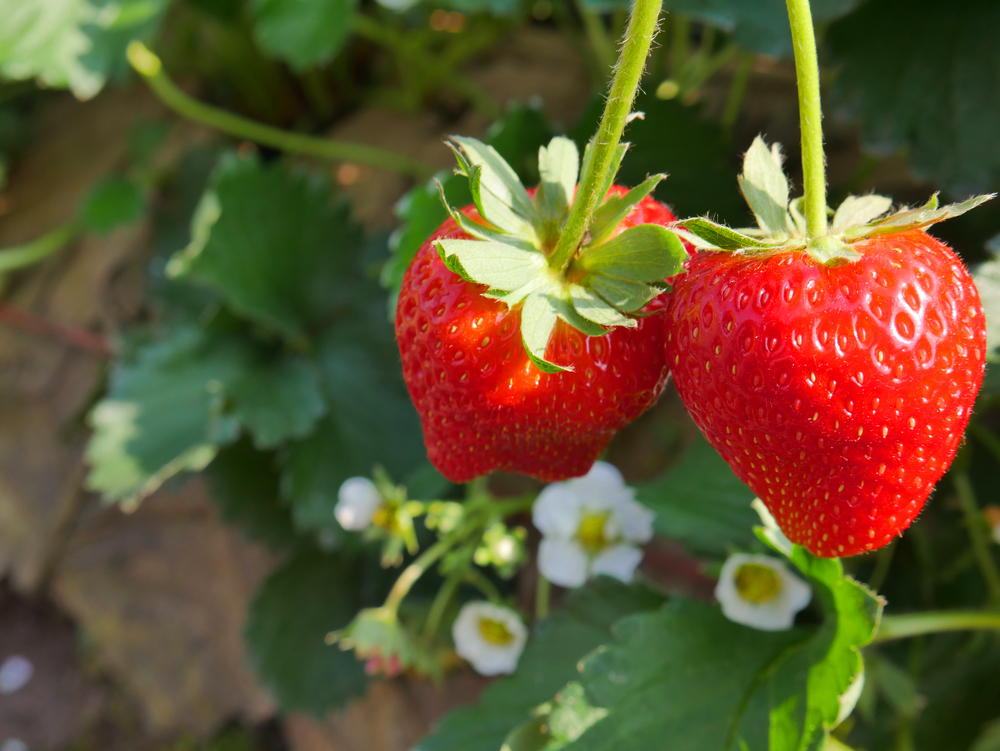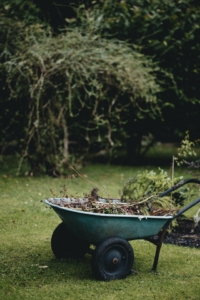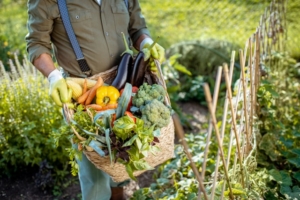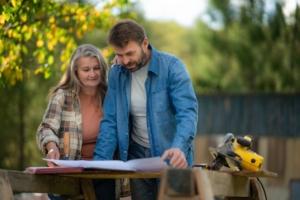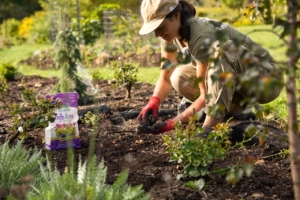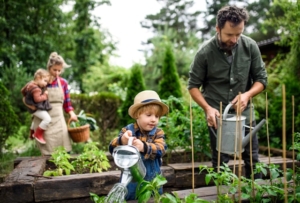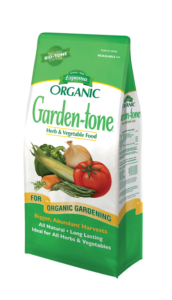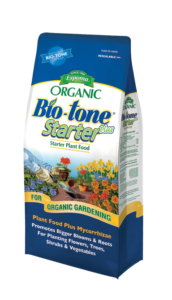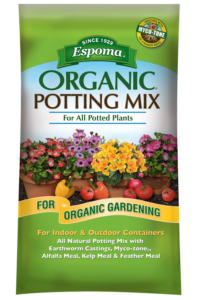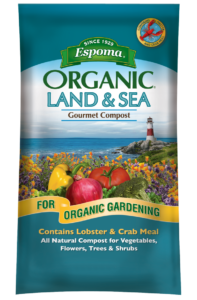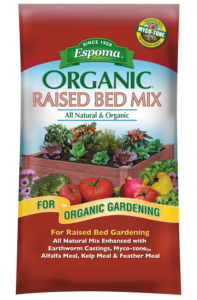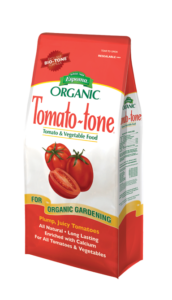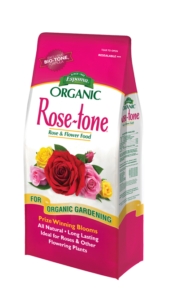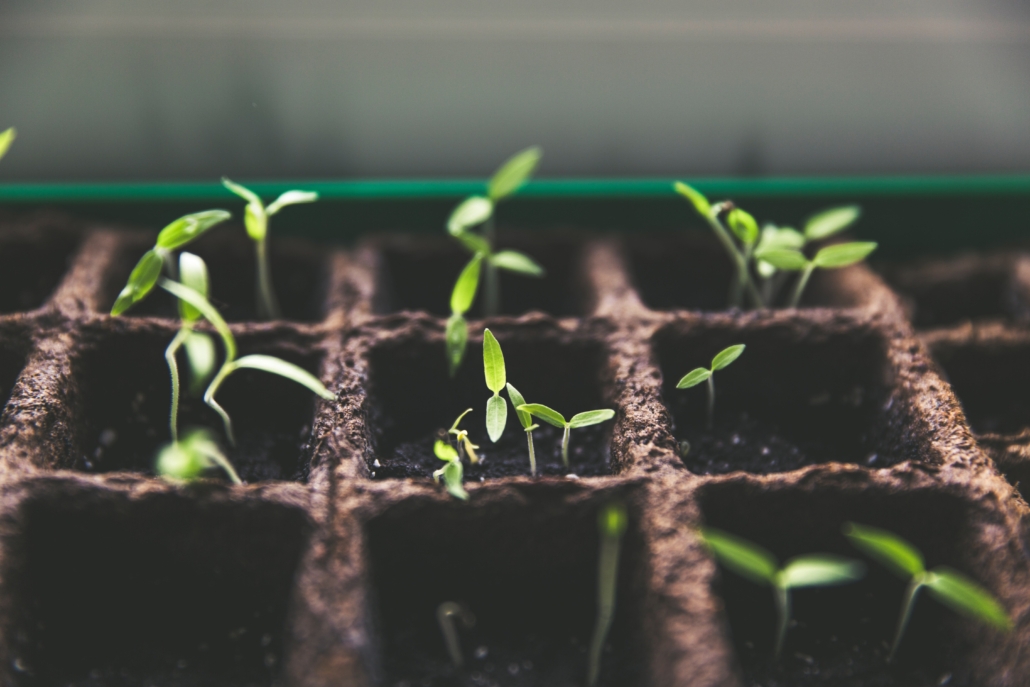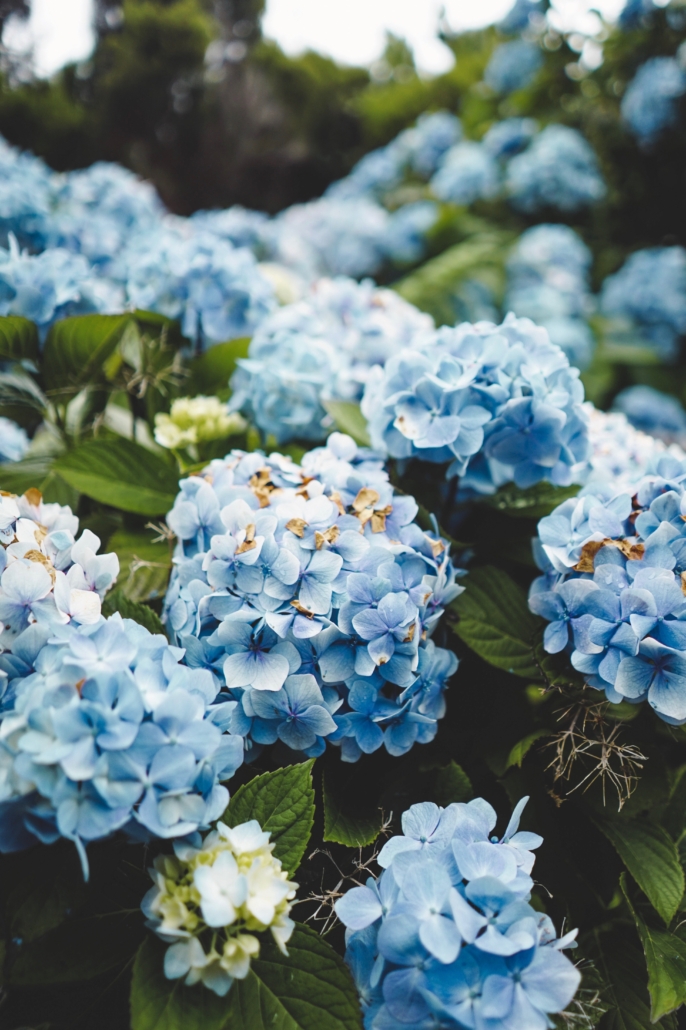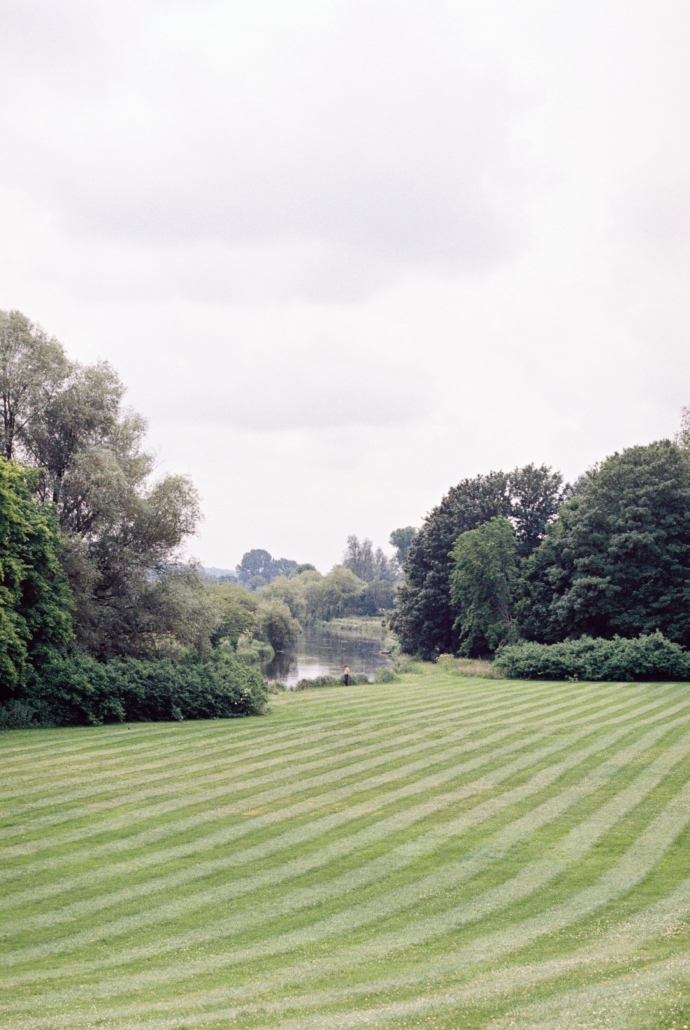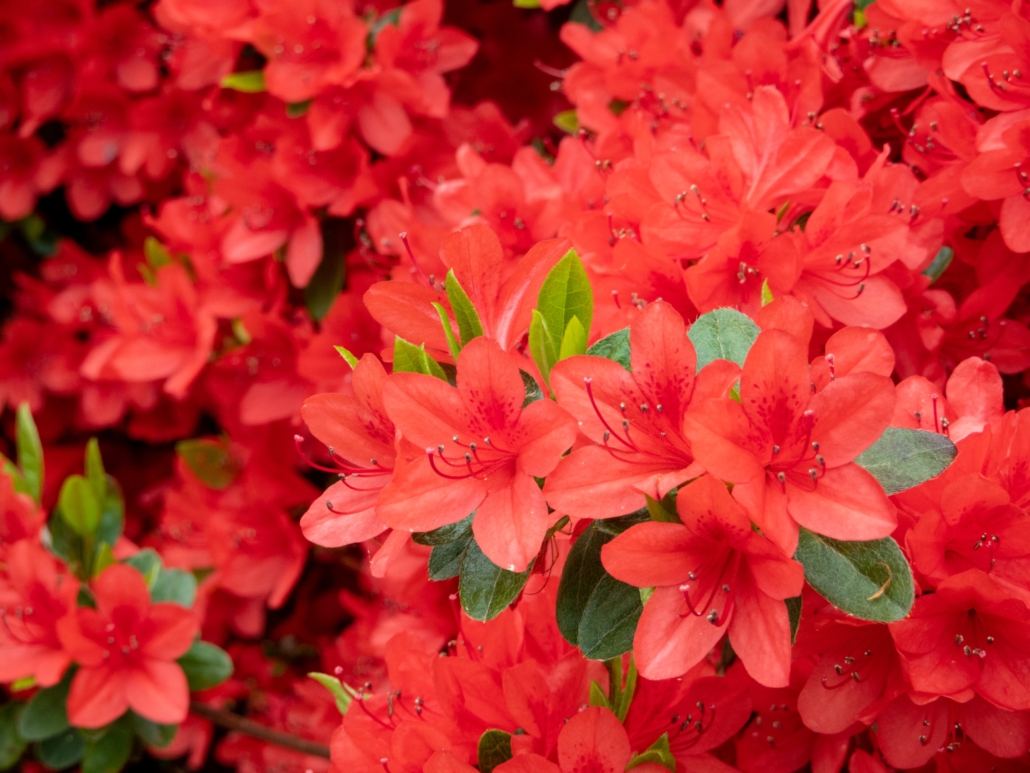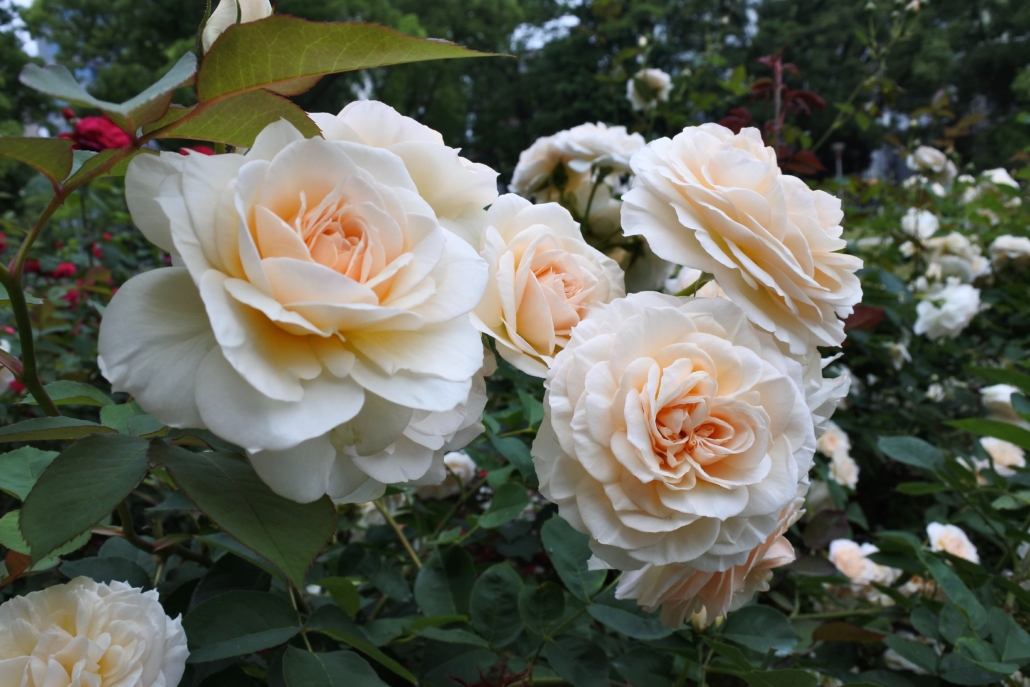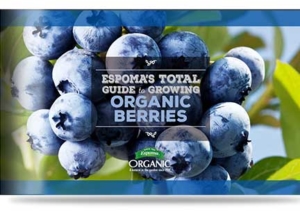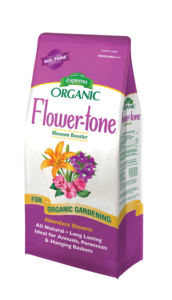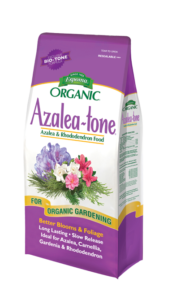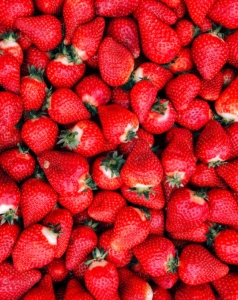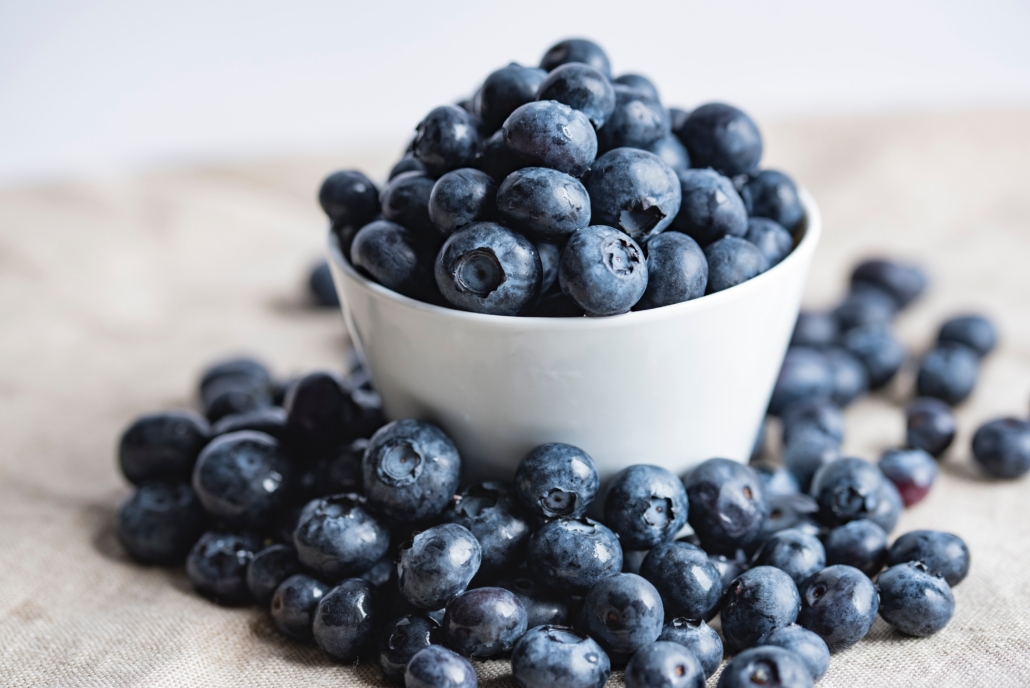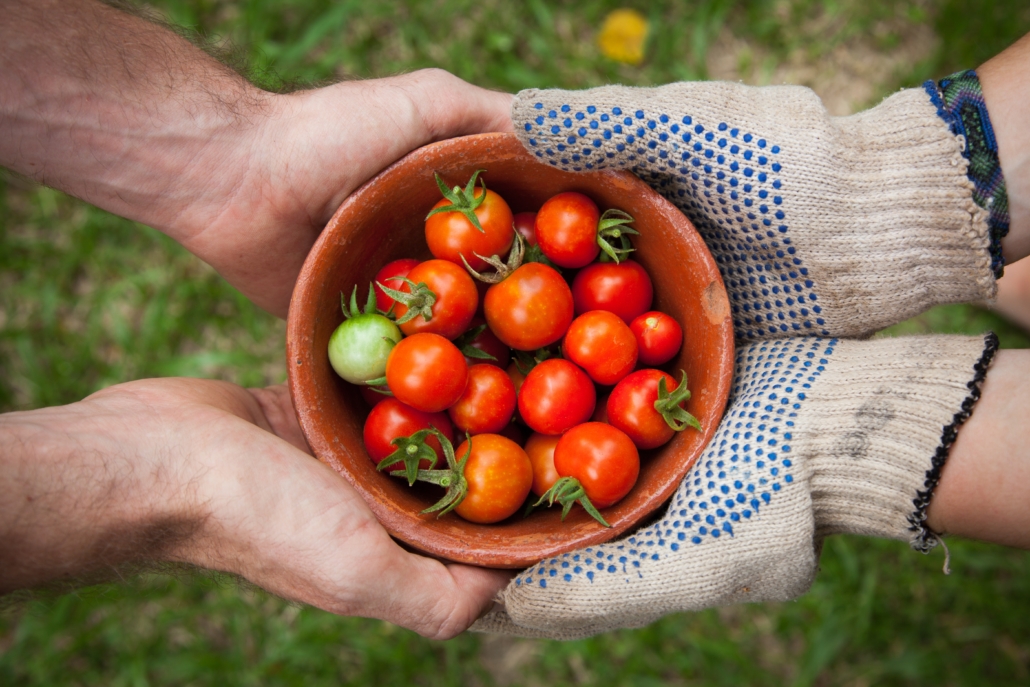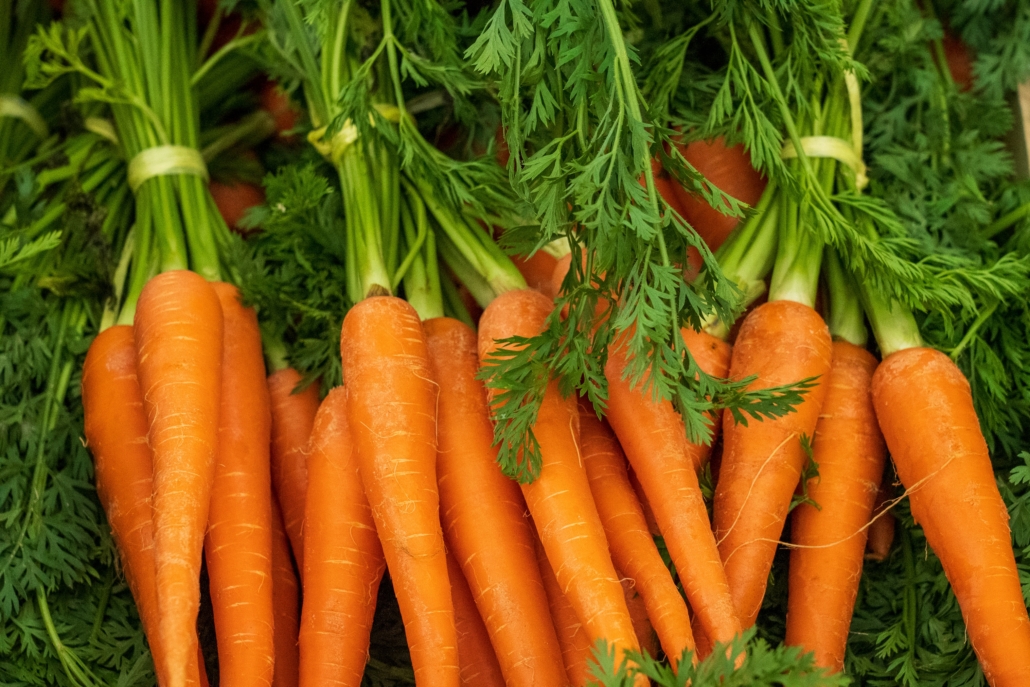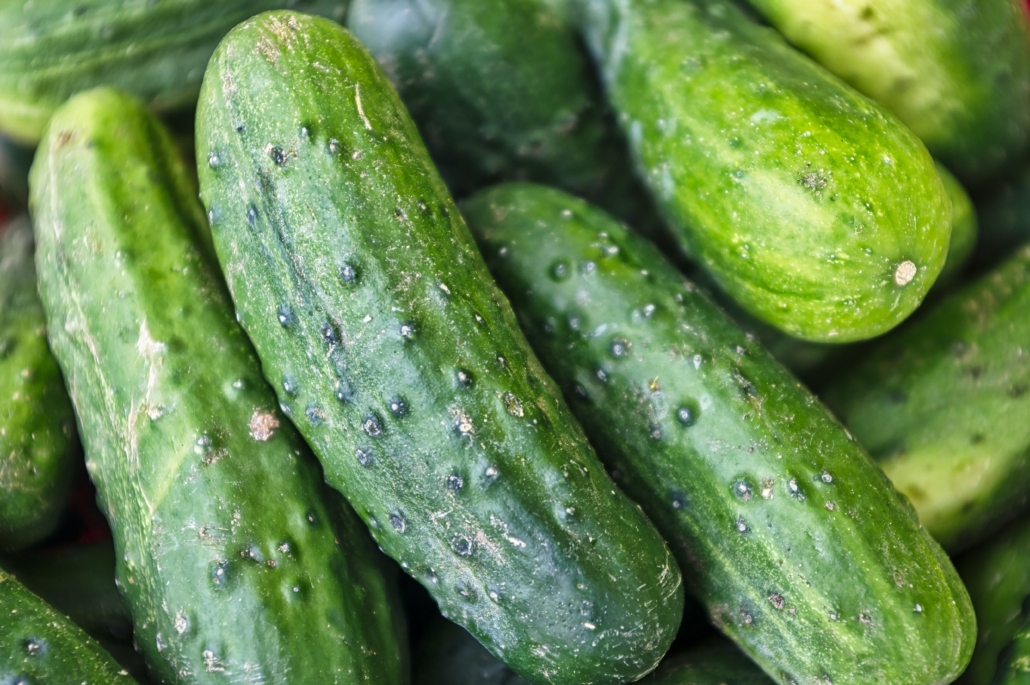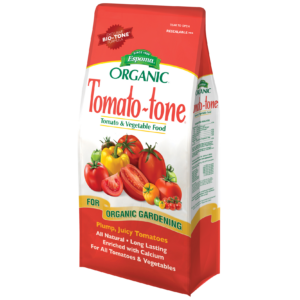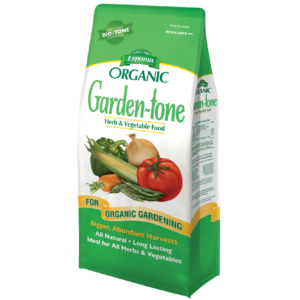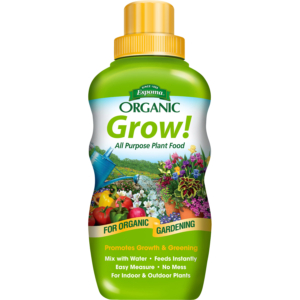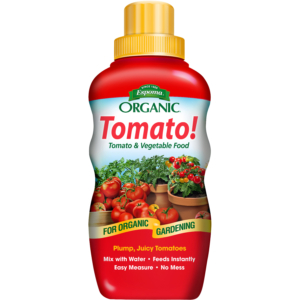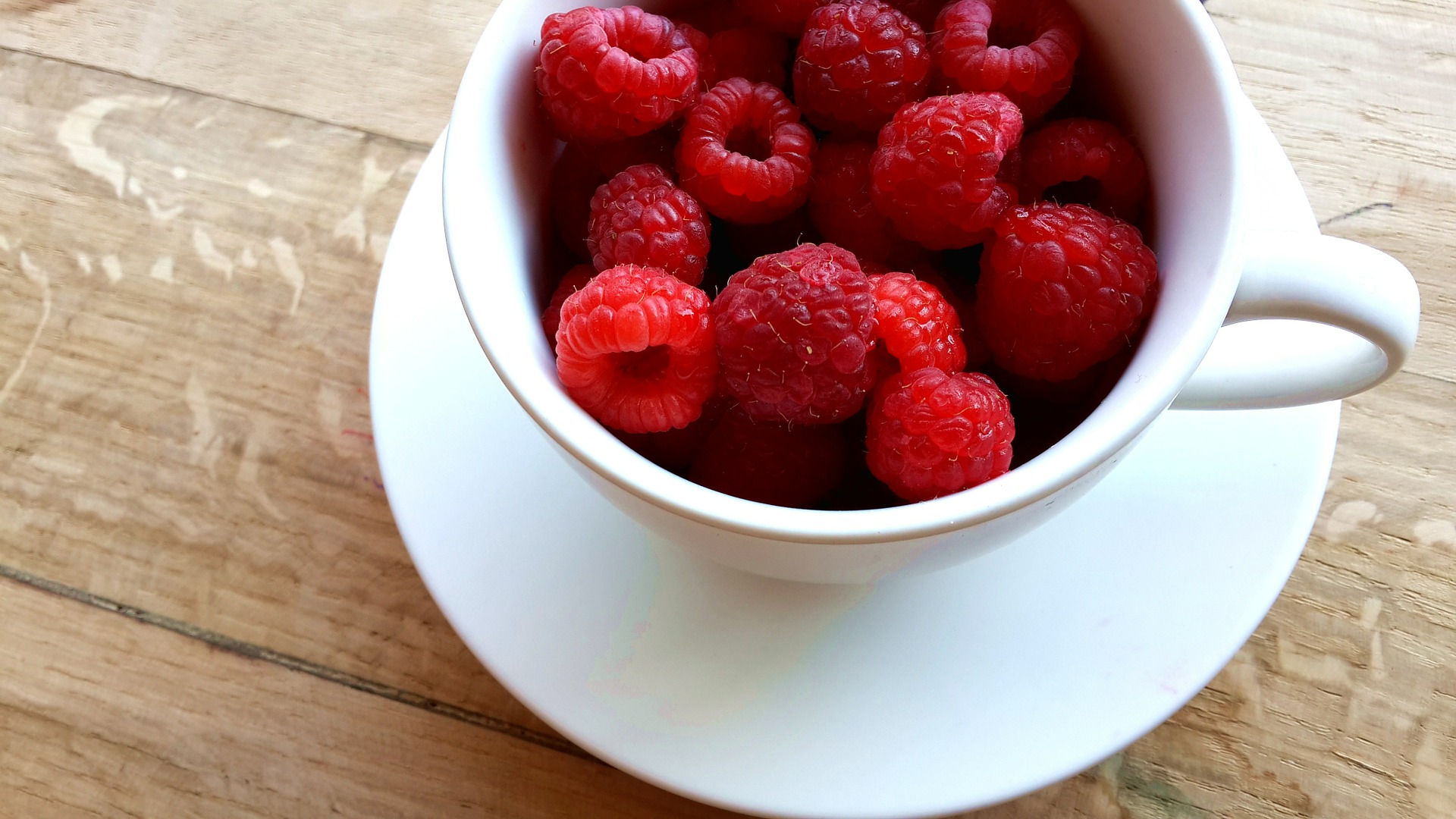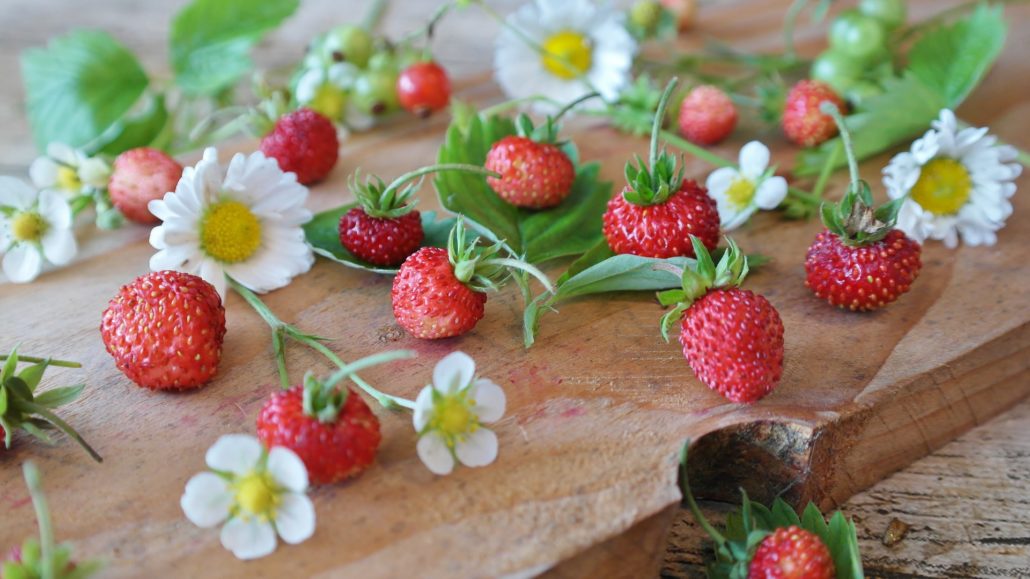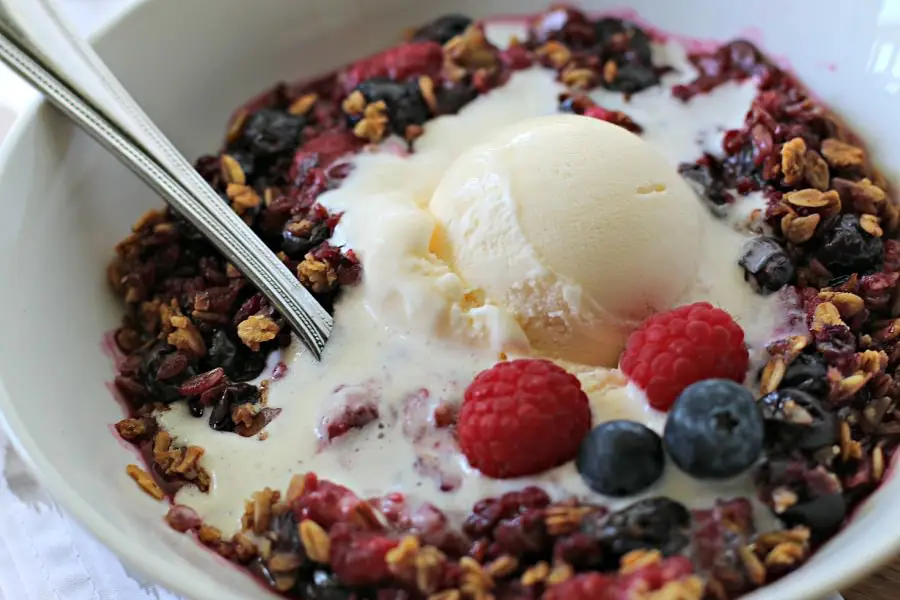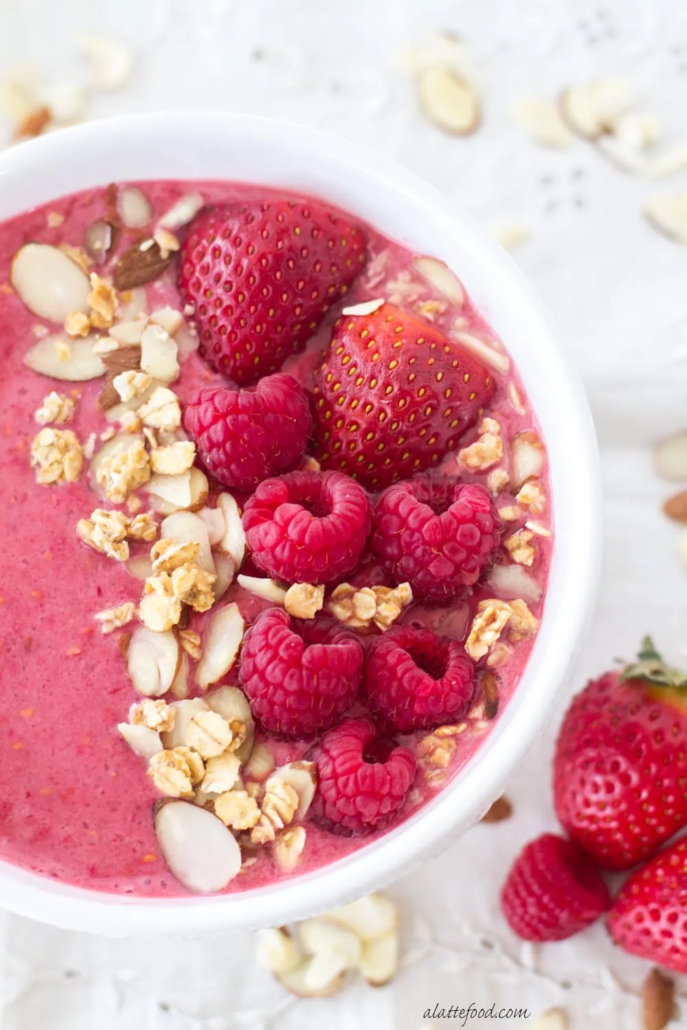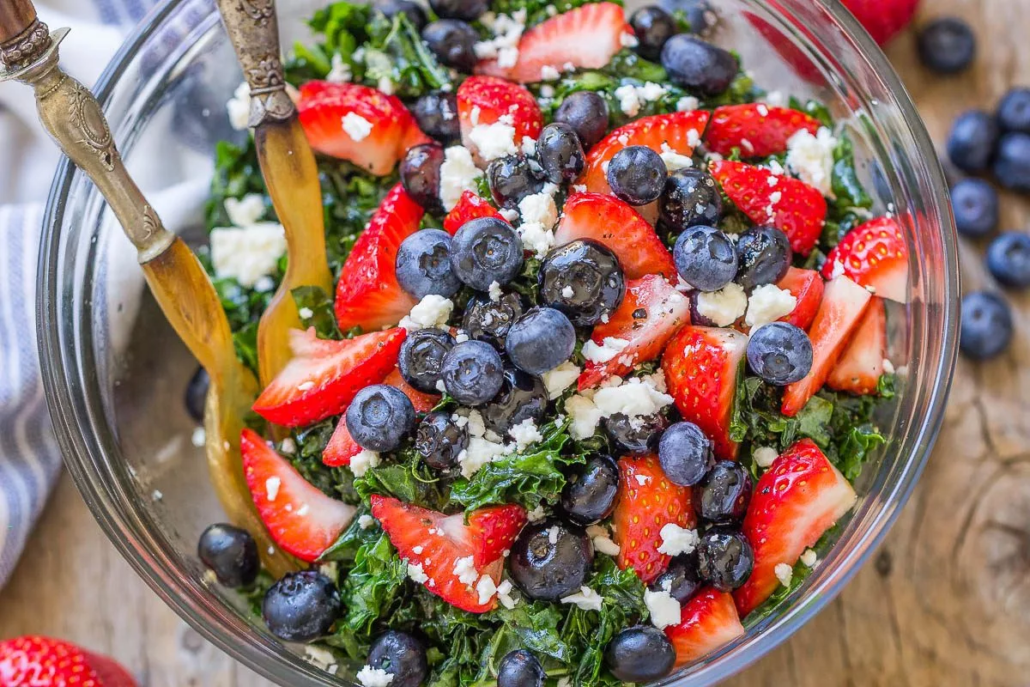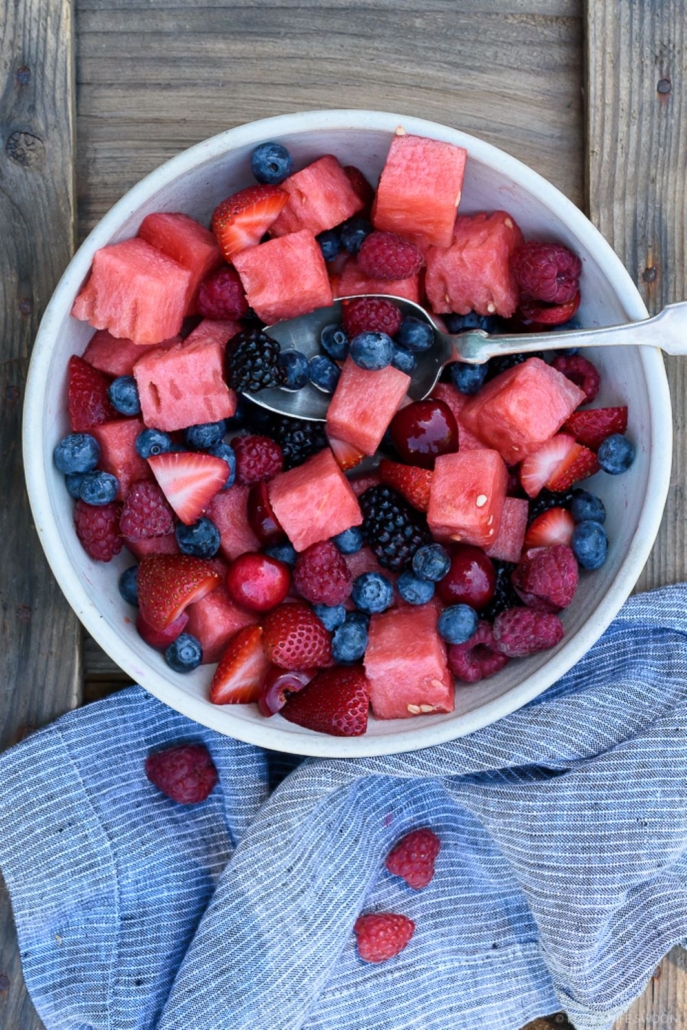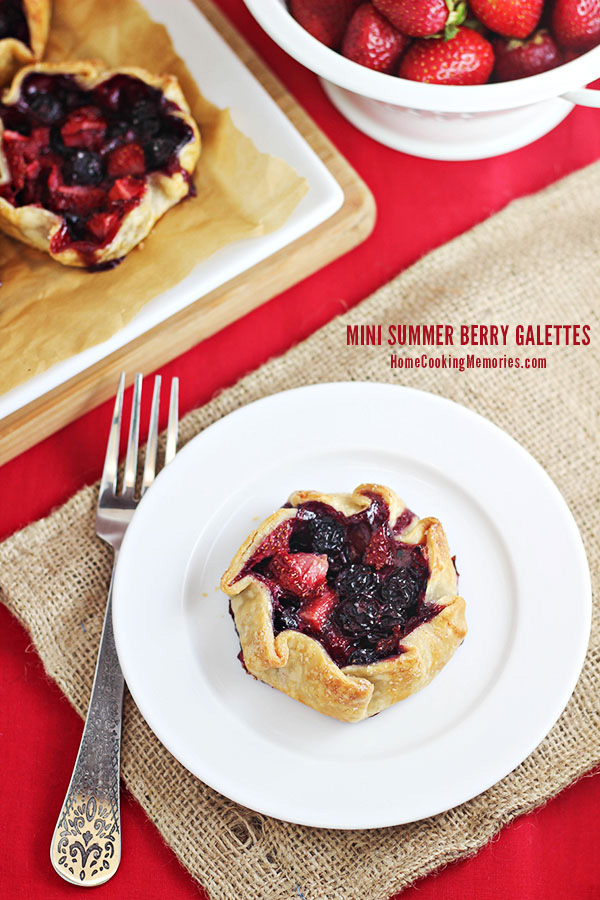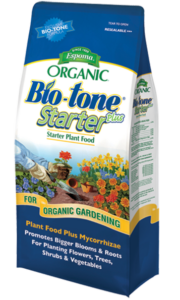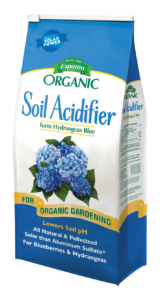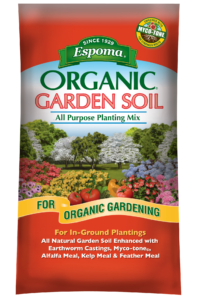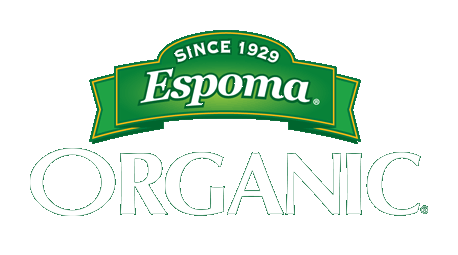5 Unusual Containers to Grow Strawberries
There are very few things better than a sweet, juicy strawberry from your garden. Summer and strawberries go hand in hand, so if you aren’t already growing them, get them in the ground now.
But not everyone has a spot in the garden for this berry, so sometimes you need to come up with interesting and unique ways to plant them.
Choose your favorite from our options below and head over to your local garden center to pick up supplies and some Espoma Organic Holly-tone. Your fresh strawberries won’t disappoint!
5 Unique Spots to Plant Strawberries:
Bird Bath
If you have a bird bath lying around that you no longer need, plant some strawberries in there! Add large rocks or broken terra cotta to the bottom to ensure proper drainage. Fill it the rest of the way with Espoma’s Organic Potting Soil Mix and plant your berries!
DIY Tower
Follow along with Laura from Garden Answer as she creates her own unique take on a strawberry tower. Need step-by-step written directions? Check it out here.
Gutter Planters
These planters, which hang on the side of the house, are perfect for anyone who needs a little space. Be sure they are fastened tightly before planting. Leave a little space between plants and the sides so they can have room to drape over the sides. Once planted, water them well with Espoma’s Grow! liquid plant food.
Pallet Planter
We’ve seen Laura from Garden Answer plant a whole vegetable garden in a pallet, but we think it would be a great place for an abundance of strawberries! Gently fill them with Espoma’s Organic Garden Soil to help them grow strong roots.
Flower Box Tower
This is another DIY-type planter. Stacking up flower boxes will help keep the planters off of the ground and away from any curious creatures that might want to eat your strawberries! Plant a few of them up and watch them grow.
*****
We recommend using Espoma Organic Bio-tone Starter Plus at the time of planting to help produce large root systems very quickly. This will help ensure that new plantings get maximum water and nutrients from the soil to minimize transplant loss.
Looking to learn more about growing strawberries? Check out all we have to say about this delicious berry!
Featured Products:

